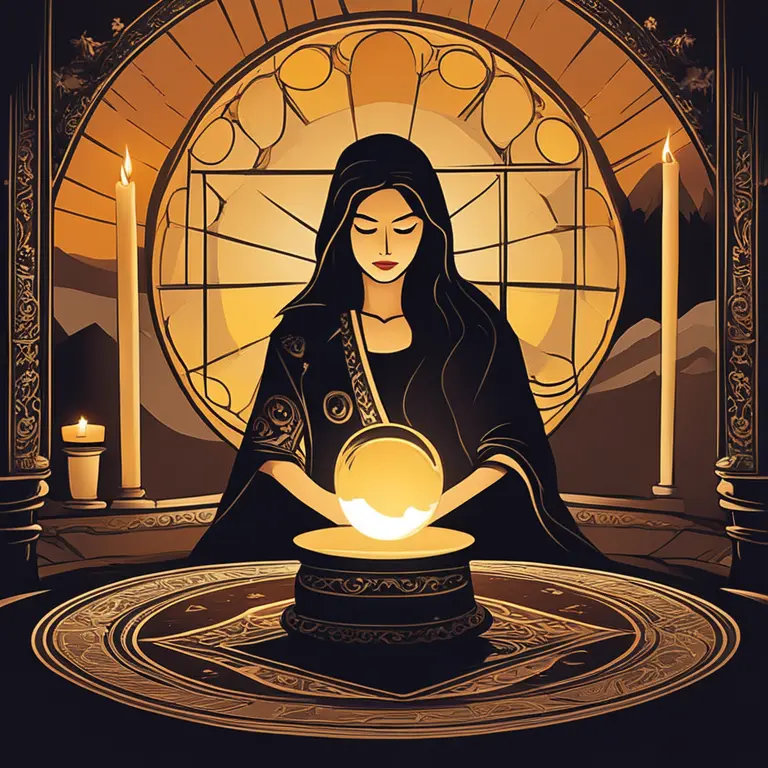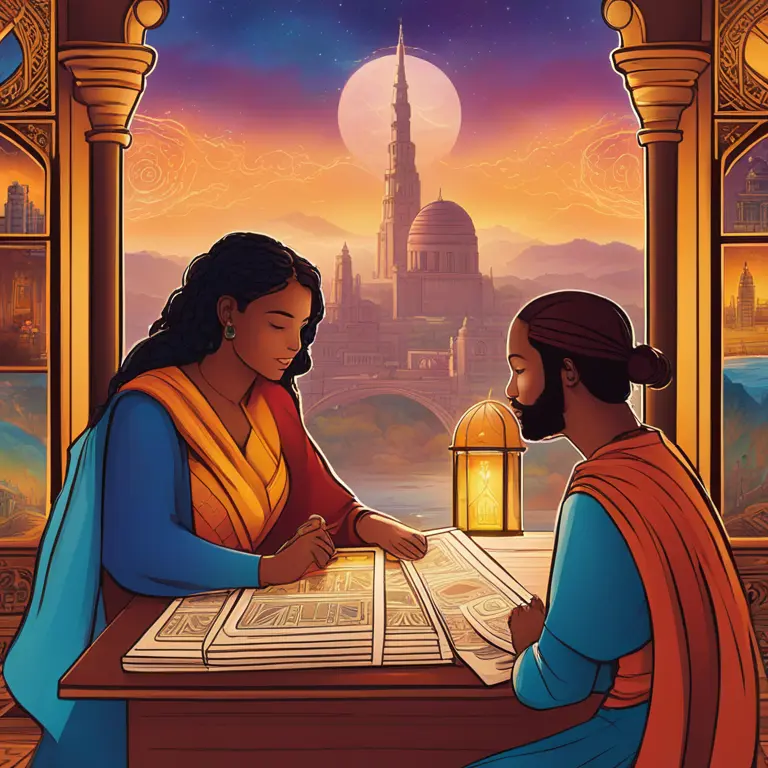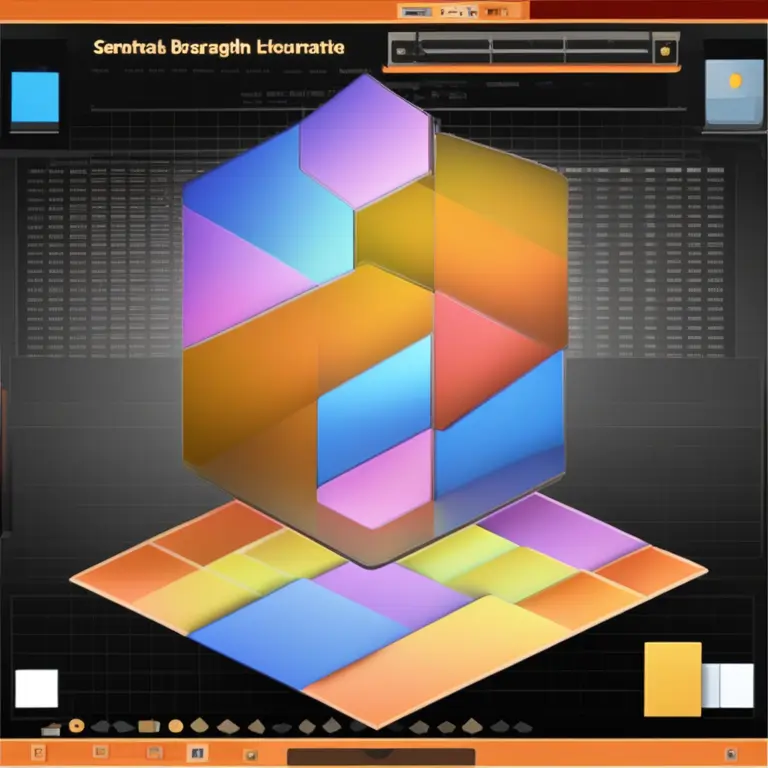
Introduction to Tarot Card Readers
Tarot card reading is an ancient practice, a mystical art form that has intrigued humans for centuries. The tarot readers are artisans in their own right, blending intuition with knowledge to offer guidance and reflection. Through the archetypal images depicted on the cards, they weave narratives that can shed light on different aspects of life, including love, career, and personal growth. This divinatory method is passed down through generations, often enhancing the skills and insight of those who practice it.

History and Tradition
Dating back to the 15th century, tarot cards were initially used for playing games before evolving into a tool for divination. The tradition of tarot card reading requires not only a deep understanding of the symbolic language of the cards but also an innate or honed psychic ability. Each reader may have a unique approach, some incorporating other practices like astrology or numerology to enrich their readings.

Types of Tarot Readers
In the realm of tarot, there are diverse types of readers. Some are clairvoyants, who glean information from beyond the physical cards, while others are empathetic readers, engaging deeply with the emotional energy of the querent. Another category includes the scholarly tarot readers who focus on the historical and cultural meanings behind the imagery, to provide a more academic interpretation.

Learning Tarot Reading
Becoming a proficient tarot reader usually involves extensive practice and study. While anyone can learn the basic meanings of the cards, it takes dedication to understand how they interrelate in complex layouts. Aspiring tarot readers often start with a foundational deck such as the Rider-Waite and gradually expand their collection and their knowledge through personal research, mentorship, or formal courses.
The Reading Process
A tarot card reading session can take many forms, from a personal face-to-face encounter to online readings or even through phone calls. The reader will typically begin by shuffling the deck, then drawing a specific number of cards to create a spread. Each position in the spread holds significance, and the cards' intricate imagery and symbolism spark the reader's intuition, allowing them to interpret the message for the querent.
Expectations from a Reading
Clients approach tarot readers often seeking clarity and perspective on various life situations. It is important to understand that tarot readings are not concrete predictions of the future but are reflective tools that inspire introspection and self-awareness. While the insights provided can be eerily precise, they empower individuals to make informed decisions about their paths.
The Ethical Considerations
A responsible tarot reader adheres to a set of ethical guidelines. They generally avoid making absolute claims about the future, respect client confidentiality, and provide readings with the intention of helping, not harming. They should be clear about the scope of their practice, steering clear of medical, legal, or financial advice unless they hold qualifications in those fields.
Tarot in 2024 and Beyond
Looking towards 2024, the relevance of tarot readings remains undiminished, perhaps even gaining prominence in an era increasingly interested in personal spirituality and alternative wisdom. As society evolves, so do the interpretations and methods of tarot card readers, who continue to find innovative ways to connect with those seeking their knowledge and guidance.
Published: 1/17/2024
Modified: 1/17/2024
More predictions
Come back here soon to learn more about yourself and your future


Can Tarot Cards Foretell Your Romantic Future?
Discover how Tarot readings might offer insights into your love life and whether they can predict romantic outcomes.


The Essence of Tarot: Beyond the Supernatural?
Are tarot cards merely cards, or do they hold supernatural essence? This article delves into the mystical realm of tarot to uncover its true nature.


The Meaning of Jumping Tarot Cards
Uncover the significance of jumping tarot cards during readings and how these unexpected moments can offer deep insights.